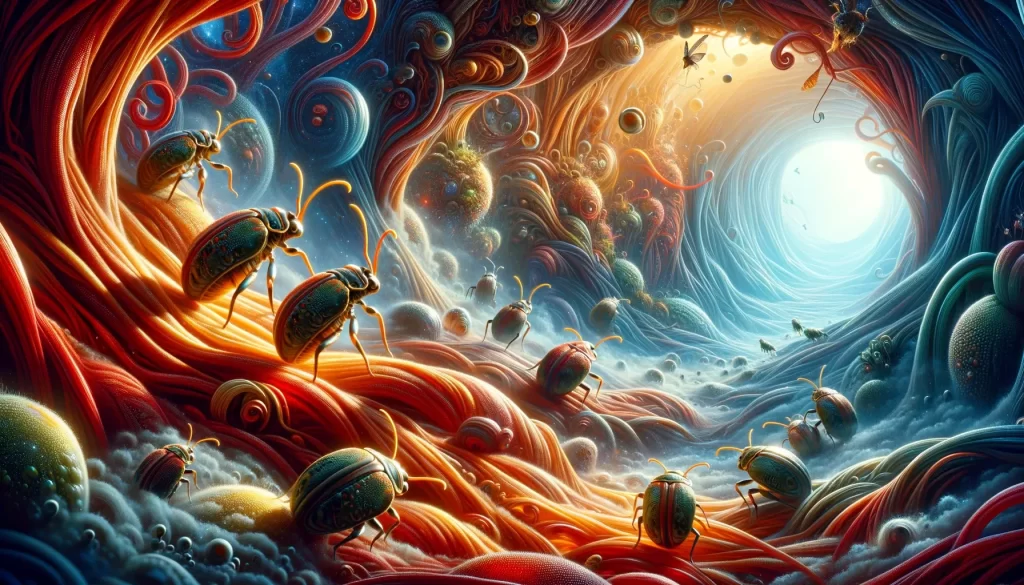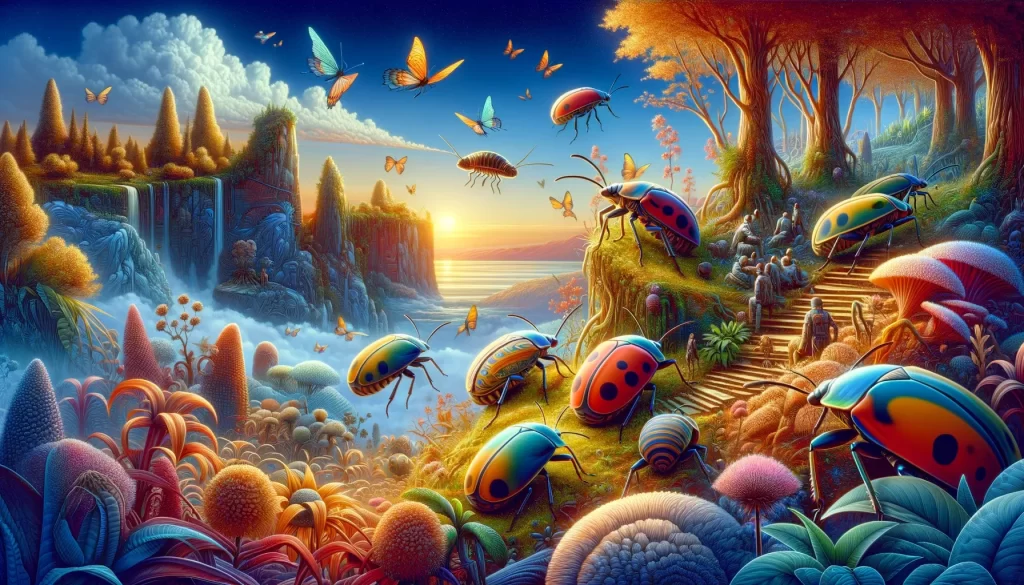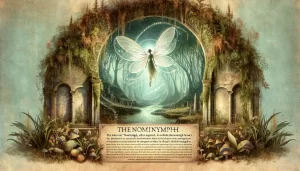Table of Contents
Discover the fascinating world of chagaras, a fascinating kind of bug insect. Delve into their unique characteristics, behavior, and significance in the ecosystem. Uncover the mysteries of chagaras in this insightful article.
Take a trip into the fascinating world of chagaras, a rare kind of insect that captures attention with its peculiar qualities and ecological significance. This article will explore the behavior, habitat, and relevance of these intriguing organisms in the complex web of nature, helping to explain some of the mysteries surrounding them.
The Enigmatic Chagaras
A Synopsis In the large picture of the insect kingdom, chagaras are frequently disregarded, however, they are essential to preserving ecological equilibrium. These tiny marvels can be found in a variety of environments, such as deserts and lush woods. Chagaras are fascinating candidates for scientific study because of their complex behavior and anatomy.
Read also: Satsudo Chapter 1

Understanding Chagaras Behavior
Chagaras are unique among insects in that they display a variety of intriguing behaviors. Every facet of their existence, from their distinctive mating habits to the complexities of their social structures, contributes to the complexity of the insect kingdom. Chagara observations in their natural habitat offer important insights regarding their function in preserving ecosystem stability.
The Ecological Significance of Chagaras
The Ecological Significance of Chagaras Chagaras are an important part of the environment, despite being written off as nothing more than pests. Their roles in pollination, decomposition, and pest management make them vital elements of nature’s delicate balance. As we become more aware of these little species’ ecological value, we develop a newfound appreciation for them.
Chagaras Ecosystems
A Varied Terrain Chagaras exhibit resilience and versatility by adapting to a diverse range of settings. Certain insects have developed special adaptations to survive in a variety of settings, from the depths of thick rainforests to the severe conditions of deserts. Knowing their favored environments helps us understand their chances of surviving and growing.
The Anatomy of Chagaras: In Challenging Conditions
The Exquisite Design of Nature A closer look at the chagara’s anatomy reveals the complex pattern that nature gave these insects. Every facet of chagaras’ anatomy, from their distinct survival adaptations to their specialized body architecture, narrates a tale of evolution and adaptation. Appreciating the details of their physical form enhances our understanding of their place in the insect hierarchy.
Chagaras in Cultural Context
Beyond their biological significance, chagaras hold cultural importance in various societies. Folklore, myths, and traditions often intertwine with the presence of these insects, creating a rich tapestry of human connection with the natural world. Exploring the cultural aspects of chagaras adds a layer of depth to our understanding of their impact on human history and beliefs.
Chagaras Preservation: An Urgent Appeal
Chagara conservation becomes critical in the face of environmental difficulties and habitat degradation. It is inspiring to take action when one realizes the complex balance they offer to ecosystems. The main goals of conservation efforts must be to protect their habitats, reduce the reasons that are causing their decrease, and increase public understanding of the significance of these microscopic protectors of biodiversity.
Prospective Studies and Findings
As we explore the world of chagaras, it becomes clear that our connection with the environment is deeply intertwined with these small creatures. Recognizing the impact of human activities on their habitats underscores the need for sustainable practices. By fostering a harmonious relationship with nature, we can ensure the survival and prosperity of chagaras and, by extension, the entire ecosystem.
Final Words
In conclusion, the world of chagaras is a captivating realm that goes beyond their small size. As we unravel the layers of their behavior, ecological roles, habitats, and cultural significance, a holistic picture emerges. These tiny insects, often overlooked, play a vital role in maintaining the delicate balance of our ecosystems. Let us appreciate the wonders of chagaras and strive to protect and preserve their habitats for the benefit of our planet and future generations.
People also ask
Why are Chagaras important for the environment?
Chagaras play a vital role in maintaining ecological balance by contributing to pollination, aiding in decomposition, and serving as natural pest controllers. Their significance extends beyond their small size, as they actively contribute to the health and sustainability of diverse ecosystems.
How can individuals contribute to Chagaras conservation?
Individuals can make a difference by supporting conservation initiatives, participating in community awareness programs, and adopting sustainable practices. Avoiding the use of harmful pesticides, preserving natural habitats, and educating others about the importance of chagaras are crucial steps toward their conservation.
Are there any known threats to Chagaras populations?
Chagaras face various threats, including habitat loss due to deforestation and urbanization, climate change impacting their natural environments, and the use of harmful chemicals. Understanding and addressing these threats is essential for ensuring the long-term survival of chagaras and maintaining the delicate balance of ecosystems they contribute to.







